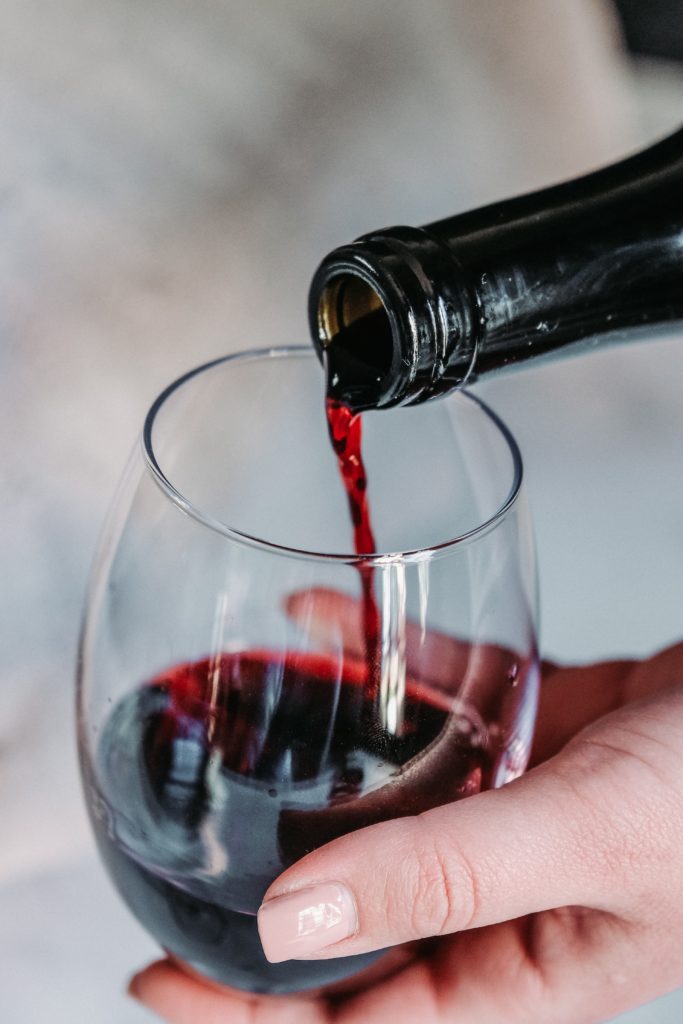Barefoot Wine- An understanding of customer preferences for wine can help wineries take advantage of opportunities to increase sales and implement new marketing policies as a result of the increase in demand for wine. Promoting the health benefits of red wine consumption can be a marketing strategy that distinguishes a vineyard from its rivals because the demand for functional foods and beverages has increased over the past several years.

This wine company got its name by manually crushing grapes by stomping on them with bare feet! Although the first wine was produced in the 1960s, the business, known as Barefoot Cellars, didn’t begin selling Sauvignon Blanc and Cabernet Sauvignon bottles until 1986.
Barefoot Wine has gained significant influence over the past forty years; what began as a small venture in a garage now turns out over 18 million cases of wine annually. A leading producer of value-driven red and white wines in California is called Barefoot Wine Company.
The History of Barefoot wine
Davis Bynum founded Barefoot Wines in his garage in 1965, naming the first red wine he made from Pinot Noir grapes Barefoot Bynum Burgundy. Business owners Bonnie Harvey and Michael Houlihan acquired the firm in 1986, changed its name to “Barefoot Cellars,” and gave it the recognizable footprint label.
More delectable varietal wines have been added to the list of Barefoot Cellars. In 1992, they debuted the Barefoot Chardonnay, followed by the Barefoot White Zinfandel in 1993.
Houlihan and Harvey were forced to increase wine production when Barefoot Wine began to gain popularity and impact among wine drinkers and critics. When Jennifer Wall was employed as the company’s chief winemaker in 1995, Barefoot Cellars quickly rose to prominence in the US. As a “top value brand” from the California wine region, a lot of retailers started promoting Barefoot Cellars.
And in just 19 years, Houlihan and Harvey took this small enterprise and transformed it into a flourishing wine business that sells more than 500,000 cases of wine annually. E & J Gallo, which is a world-recognized beverage giant, acquired Barefoot Cellars in 2005 and increased wine production there.
In the United States in 2012 and the United Kingdom in 2014, Barefoot Cellars rose to the position of a second-best-selling wine brand. Currently, Barefoot wines are sold across Asia, Canada, Europe, and the United States.
The Varieties of Barefoot Win
- Pinot Noir: The Pinot Noir wines from Barefoot are smooth, peppery, and well-balanced. They have lovely notes of wild raspberry and sweet cherry. One of their heavier bottles is the Barefoot Pinot Noir.
- Malbec: Summer barbecues go well with Barefoot Malbec wines. With delicate notes of toasted oak and spice at the finish, this rich red wine is nicely balanced.
- Chardonnay: Each Barefoot Chardonnay bottle releases a sweet vanilla aroma along with flavors of sweet peaches and crisp green apples. Pasta meals with white sauce go best with Barefoot Chardonnay.
- Sauvignon Blanc: A fragrant dry white wine with a smooth finish, the Barefoot Sauvignon Blanc is aromatic. It is the ideal white wine to pair with mild cheese and fresh vegetables because of the fresh fruit notes of nectarines, peaches, and honeydew melon.
- Riesling: The acidity in the Barefoot Riesling sweet wine bottles is lively and sparkling. Fresh fruit flavors of pears, peaches, and sweet nectarines may be found in this light-bodied wine.
- Moscato: Artisanal cheeses, fiery Asian cuisine, and light sweets go well with the Barefoot Moscato selection. These wines offer a mouthwatering variety of fruit scents, tastes of luscious peaches and apricots, and a lemon and citrus finish.
- Pinot Grigio: Fresh white peaches and tart green apples can be tasted in Barefoot Pinot Grigio’s lovely delicious scent. It contains all the citrus and floral blossom scents that go great with pizza, chicken, and pasta meals with white sauce.
The durability of the Barefoot Wine
Wines from Barefoot are all shelf-to-table varieties. In other words, you should drink the wine within 18 to 2 years of purchasing it.
Barefoot Wine can be kept for up to a week if you simply reseal the bottle and store it securely. After opening, the Barefoot Bubbly or Barefoot Prosecco will remain fresh in the refrigerator for 1-3 days (with a bottle stopper.) Serving it chilled for at least two hours will make the flavors and aromas of the Barefoot white and pink wine stand out.
Conclusion
A fun and modern brand is Barefoot Wine. Winemaking at Barefoot is done in a creative and relaxed manner. Barefoot creates several wines, spritzers, flavored seltzers, and even canned sangria. Despite the negative stigma associated with alcohol and health, many individuals are unaware of the advantages of red wine use. Barefoot wine contains resveratrol, which counteracts these negative effects (such as excessive cholesterol, blood pressure that is on the rise, and unhealthy triglycerides) in a way that other alcoholic beverages cannot.


